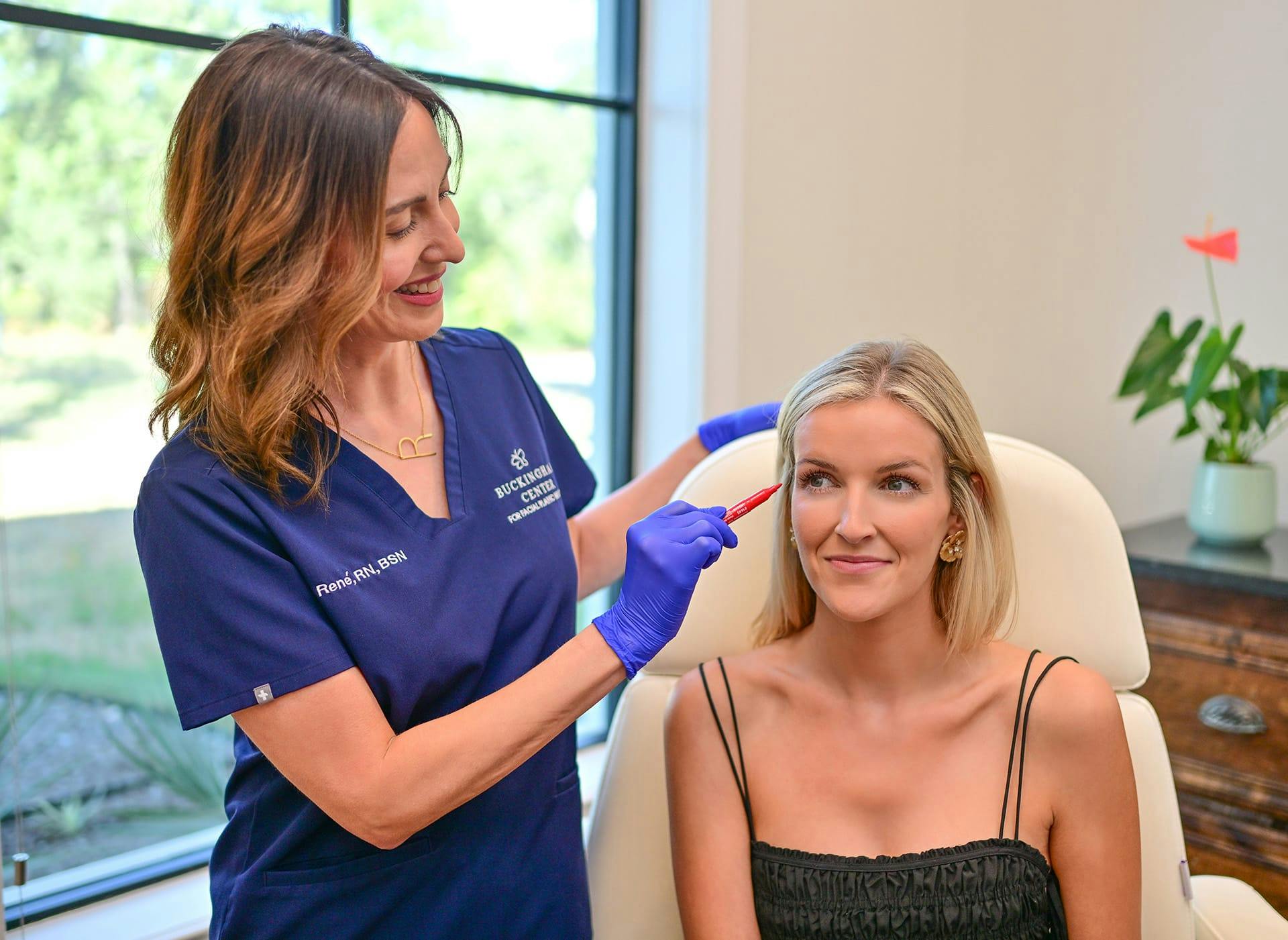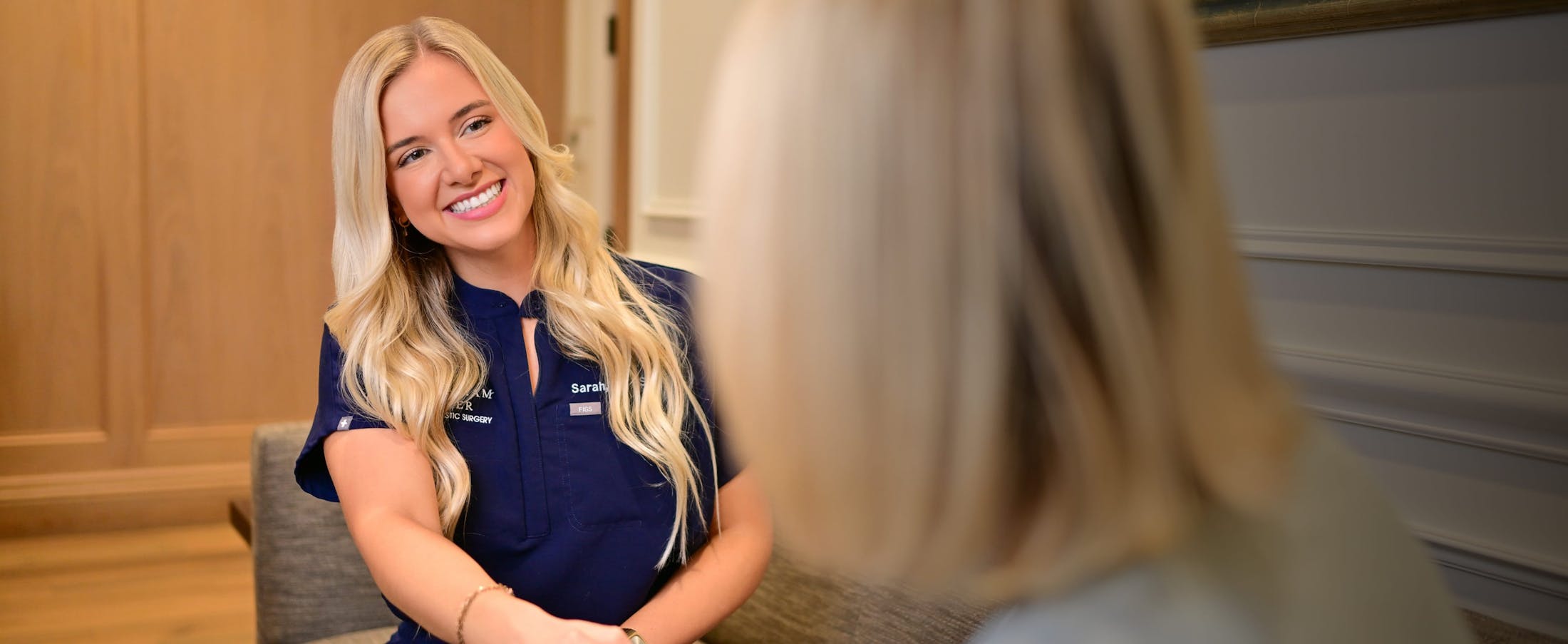
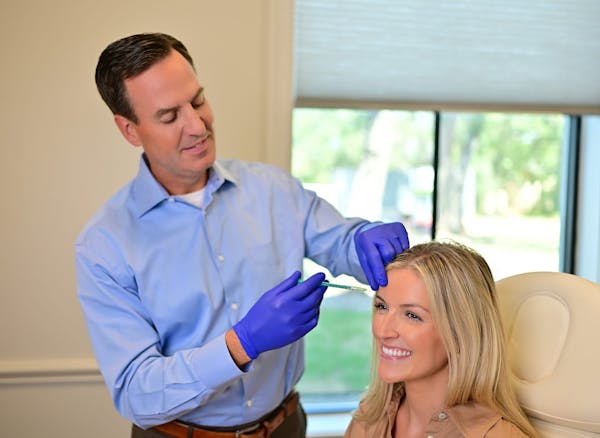
Injectables
Providers at the Buckingham Center for Facial Plastic Surgery offer Injectable solutions for men and women in Austin, Westlake Hills, Bee Caves, Lakeway, and Barton Creek.

BOTOX
The providers at the Buckingham Center for Facial Plastic Surgery offer BOTOX solutions for patients in Austin and Bee Cave, TX.

Dysport
Discover the transformative benefits of Dysport® injections at the Buckingham Center for Facial Plastic Surgery, serving patients in Austin and Lakeway, TX.
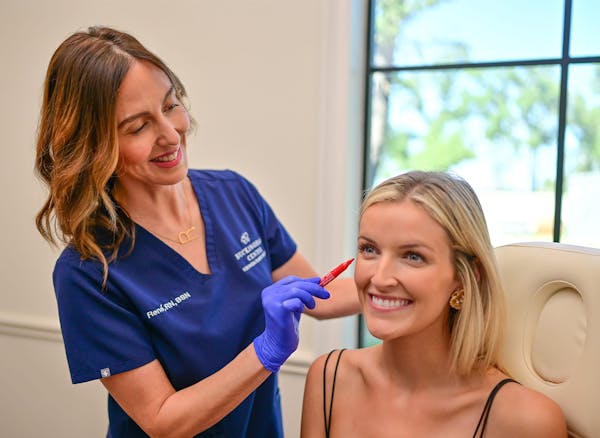
Daxxify
The Buckingham Center for Facial Plastic Surgery providers offer Daxxify solutions for patients in Austin and Barton Creek, TX.

Dermal Fillers
Our Austin-based experts offer advanced dermal filler solutions to restore youthful contours, enhance facial harmony, and elevate your innate beauty with precision and artistry.

SkinVive
The Buckingham Center for Facial Plastic Surgery’s aesthetic providers offer SkinVive™ for patients in Austin and surrounding areas.

Sculptra
The Buckingham Center for Facial Plastic Surgery providers offer Sculptra solutions for patients in Austin, Westlake Hills, Bee Caves, Lakeway, and Barton Creek.

Restylane Collection
The providers at the Buckingham Center for Facial Plastic Surgery offer Restylane solutions for individuals in Austin and Westlake Hills, TX.

Juvéderm Collection
Our providers offer Juvéderm solutions for patients in Austin and Bee Cave, TX.

Revance RHA
The Buckingham Center for Facial Plastic Surgery providers offer Revance RHA fillers for patients in Austin and Lakeway, TX.
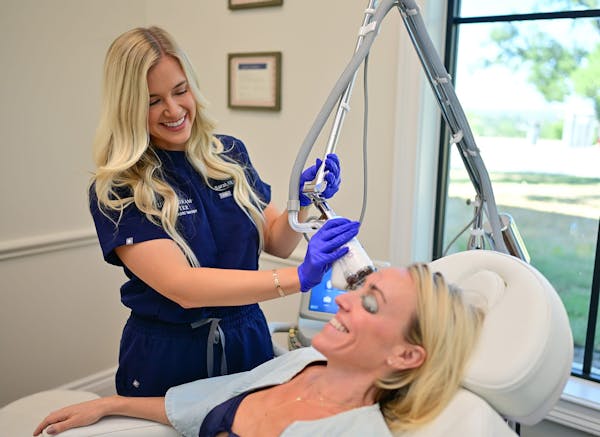
Lasers
Our providers offer laser skin resurfacing treatments for patients in Austin, Westlake Hills, Bee Cave, Lakeway, and Barton Creek.

Broadband Light (BBL)
The doctors at the Buckingham Center for Facial Plastic Surgery offer Broadband Light (BBL) treatments for individuals in Austin and Lakeway, TX.
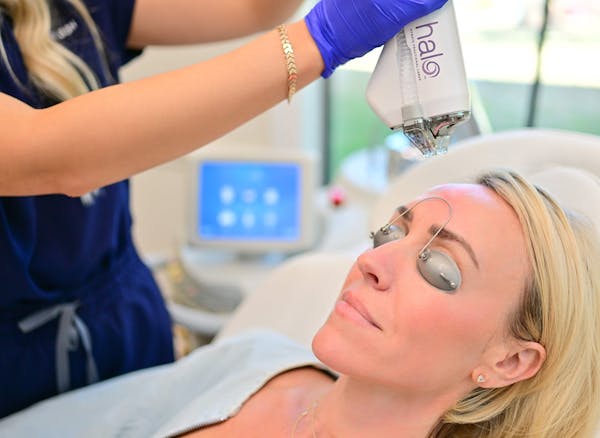
Halo Laser
Doctors at the Buckingham Center for Facial Plastic Surgery offer Halo Laser solutions for individuals in Austin and surrounding areas.
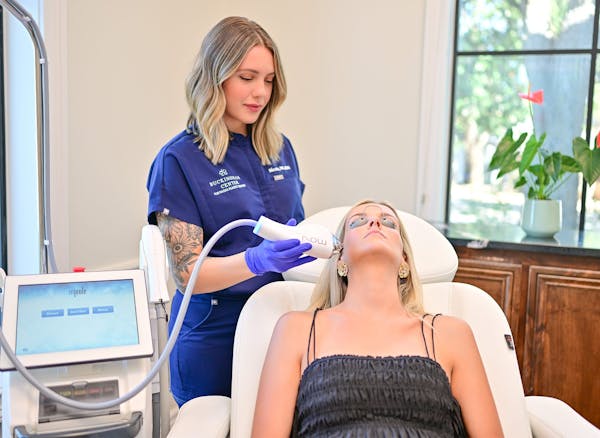
Moxi Laser
The Buckingham Center providers offer Moxi laser solutions for patients in Austin & Barton Creek, TX.
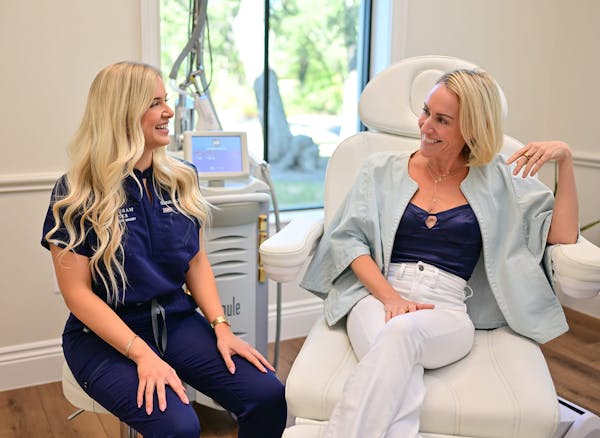
Skin Rejuvenation
Our skilled team, armed with cutting-edge techniques and state-of-the-art technologies, excels in renewing the youthful glow of your skin.

RF Microneedling
Providers at the Buckingham Center for Facial Plastic Surgery offer RF microneedling solutions for men and women in Austin and surrounding areas.

Diamond Glow
The doctors at the Buckingham Center offer Diamond Glow solutions for individuals in Austin, Westlake Hills, Bee Cave, Lakeway, and Barton Creek.
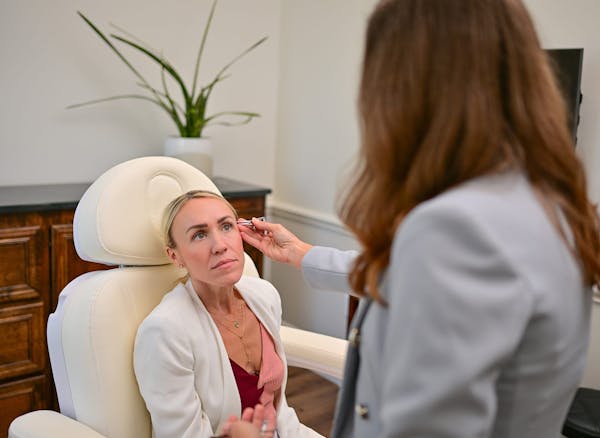
Skin Care
The Buckingham Center for Facial Plastic Surgery offers skin care solutions for individuals in Austin and Westlake Hills, Texas.

Exosomes
The Buckingham Center for Facial Plastic Surgery offers exosomes for patients in Austin and Bee Cave, Texas.
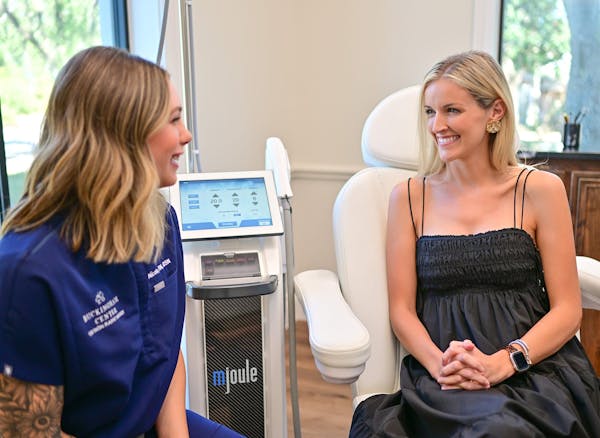
Skin Resurfacing
From innovative noninvasive treatments to precise resurfacing procedures, we are dedicated to providing tailored solutions that redefine the beauty of your skin.
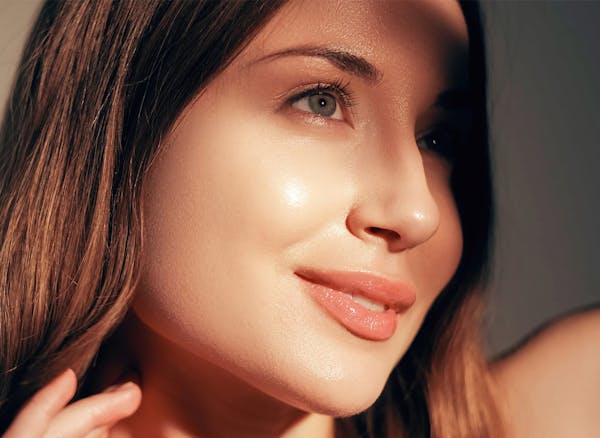
Chemical Peels
At the Buckingham Center for Facial Plastic Surgery, our surgeons offer chemical peel solutions for men and women in Austin & Bee Cave, TX.
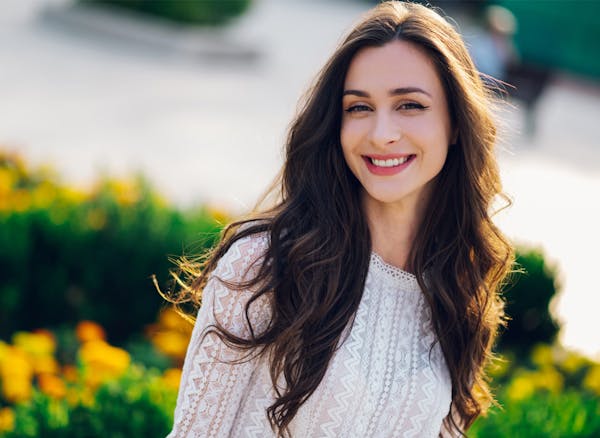
CO2 Laser Resurfacing
The Buckingham Center for Facial Plastic Surgery providers offer CO2 laser resurfacing solutions for patients in Austin & Westlake Hills, TX.

